Japan will release the latest VHS VCR
End of an era
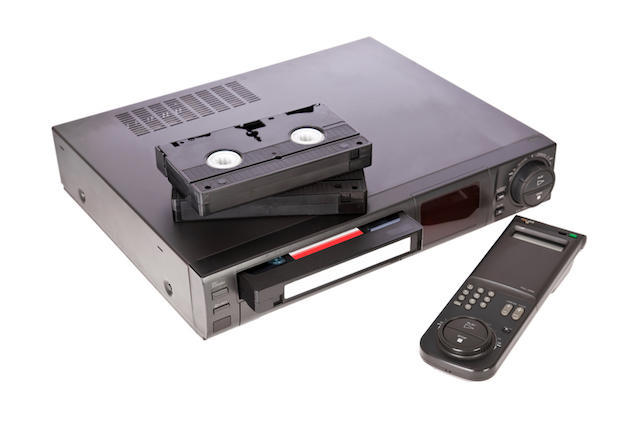
In July 2016, the Funai Electric Company will release the latest VHS standard VCR . This company remained the last in Japan to continue the production of such equipment. According to the Nikkei financial agency, the decision to curtail production was made due to a decrease in demand and the difficulty to obtain components for production.
The company Funai produced film video recorders at a factory in China and sold all over the world under the Sanyo brand. Last year, 700,000 video recorders were sold worldwide.
Sony stopped production of videotapes in Betamax competing with the VHS standard in March of this year , and has not released video recorders since 2002. Other manufacturers of VHS VCRs, including Panasonic, have done the same thing in past years.
')
The VHS video standard was invented by JVC. The presentation of the world's first cassette tape recorder JVC HR-3300 was held on September 7, 1976 in the conference hall of the Tokyo hotel "Okura". This is a miracle of Japanese technical thought - a home video recorder - just two months did not reach its 40th anniversary.
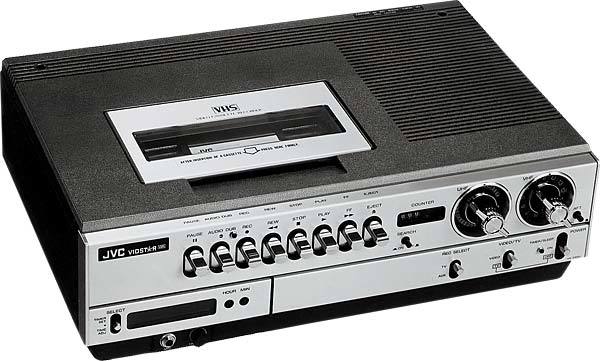
JVC HR-3300. The world's first VHS tape cassette recorder
The rival standard Betamax of better quality was developed by Sony. In the 80s and 90s, these two formats of videotapes fought for supremacy, but VHS (Video Home System) won the home video market.
As a result, VHS has become the world standard for video recording, and in the USSR it is also a symbol of restructuring, freedom and advancing capitalism. Home video recorder was a symbol of prestige and wealth. According to rumors, in Soviet times, the Japanese VCR could be exchanged for a car.
In order to satisfy popular demand, the USSR launched the release of the first popular domestic video recorders “Electronics VM-12” (an approximate copy of the Japanese Panasonic NV 2000). He was released in 1982. By that time, the possession and use of video recorders in the USSR had become more or less secure. Almost stopped the raids of district police officers in apartments of citizens with the institution of criminal cases for viewing erotica.
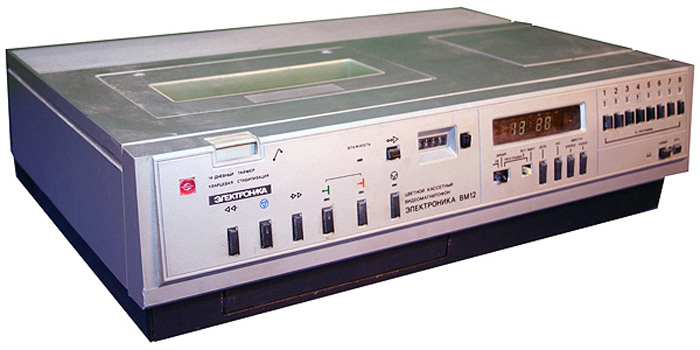
"Electronics VM-12"
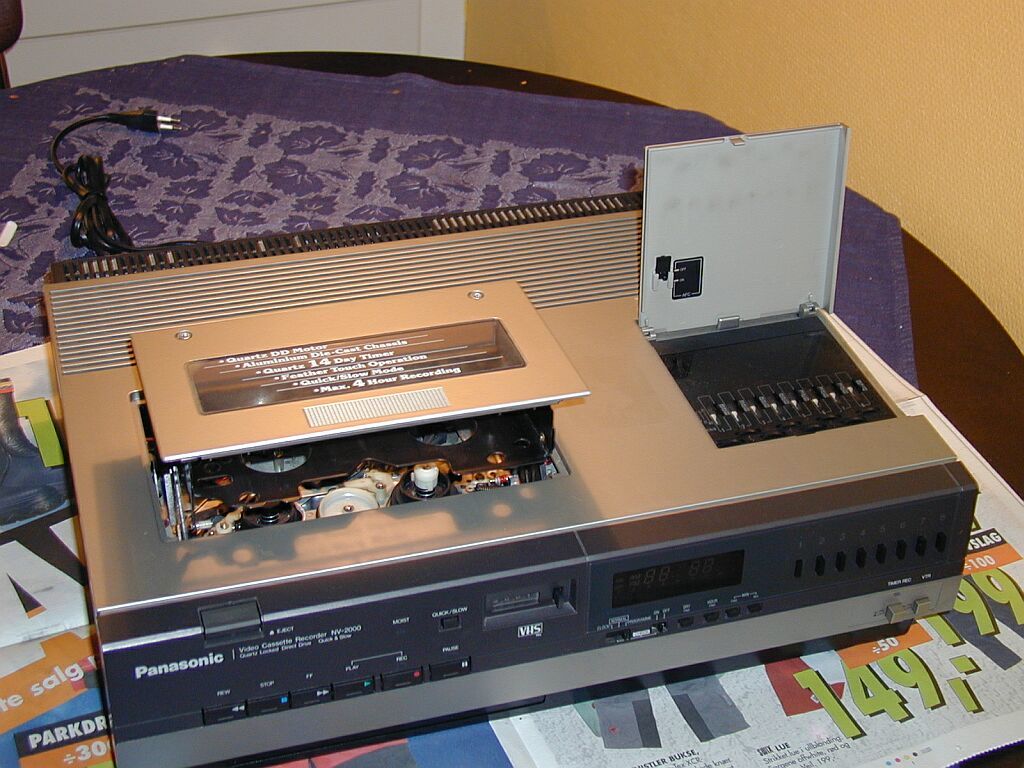
Panasonic NV 2000
The VCR “Electronics VM-12” was produced in 1982-1995 by the NPO Electronics (Voronezh), the Videofon plants (Voronezh), Spectr (Novgorod), the Plant named after the 24th Party Congress (Novgorod), and Tantal (Saratov) and "Positron" (Leningrad).
Despite all the efforts of Soviet industry, it was Japanese video recorders that remained much better and more prestigious or, as they were then called by the people, “Vidic”. In addition to an order of magnitude more stylish appearance, they were technically more advanced and did not “chew” the film.
If one Japanese video recorder could be exchanged for a car, then several video recorders could even be exchanged for an apartment in Moscow or Leningrad. Some modern oligarchs started their business in approximately the same way: bringing in scarce items from abroad or putting up capital in fartsovka .
The appearance of the VHS videotape is familiar to everyone born in the USSR. 180 minutes of recording was placed on a standard tape, which was usually enough for two films. At the end of the cassette a sticker was stuck where the contents of the cassette were usually recorded by hand.

Cassettes were repeatedly rewritten and passed to each other. Later, video salons appeared, where several people in a cramped room could watch a fresh film from a VCR on TV. Then began the era of video rental points where cassettes were rented for a small fee. Now these video rental points would be called pirated, but then no one thought about the nuances of copyright and related rights.
Most of the films were voiced by several legendary translators: Volodarsky , Gavrilov and Mikhalev .
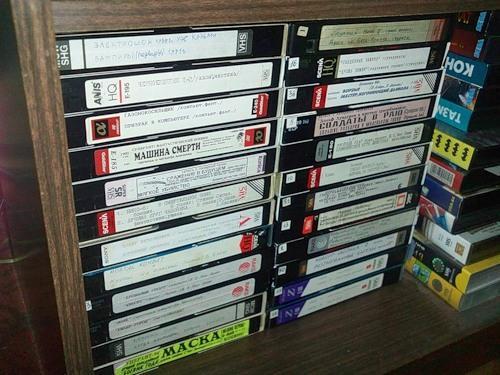
It ended in the era of DVD, cable TV and the Internet.
It is even a little surprising that Japanese companies still engaged in the production of VCRs. But now this has come to an end. The last Japanese VCR will come off the assembly line in July 2016, and there will never be more. The end of the era of VHS.
Rip
PS Although video recorders themselves are being removed from production, today VHS cassettes can be sold as never before. The cost of some comes to $ 2000 . According to collectors, on DVDs, Blu-ray and other digital copies, classic films look “too clean,” not at all as they should. On digital copies are visible shortcomings - flaws in actresses, who take close-ups, ugly makeup, and more. Sometimes it is trivial to spoil the impression of the film, when viewed in high quality.
Probably, the same can be said about the translations of the "nasal" Volodarsky and his colleagues. These old amateur translations seemed a hundred times better than the current professional multi-voiced dubbing.
According to some collectors, VHS tapes in the future will become something of a vinyl record for audiophiles (sales of vinyl records have been growing in recent years), so it’s too early to bury VHS.
Source: https://habr.com/ru/post/396293/
All Articles